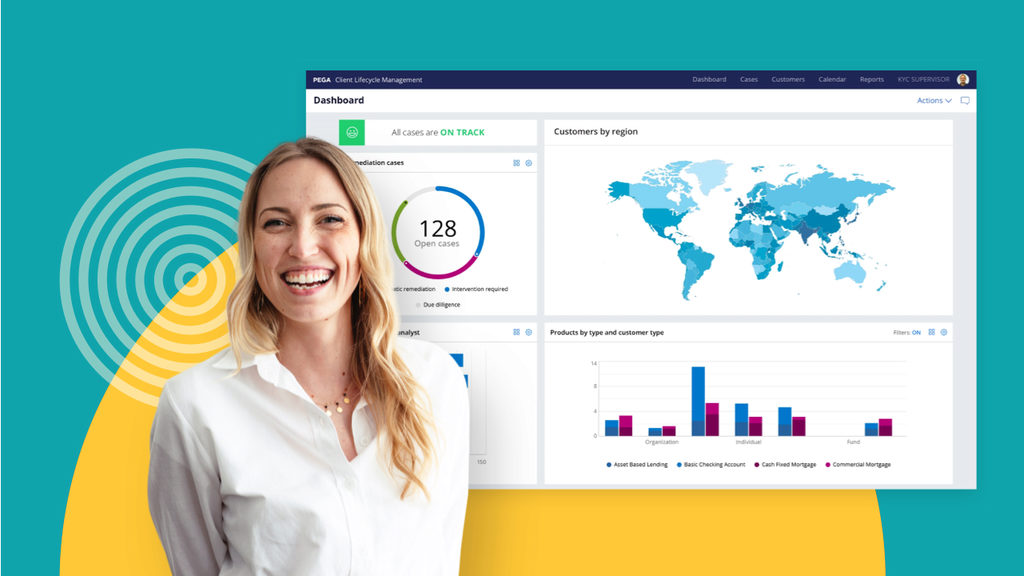Video
Pega Intelligent Virtual Assistant - Credit Card Dispute Demo
In this demo, you’ll see how Pega’s Intelligent Virtual Assistant can help organizations deliver great self-service – in this case, a credit card dispute, using conversational UI.
Transcript:
This is a quick demonstration of how enterprises can use conversational UX like chatbots to deliver richer and personalized services to customers. Today I'm gonna show you the type of user experience that's possible by playing the role of a customer of a fictional credit card company called UPLUS Finance. And as we see here, it starts out with a push notification on my mobile device. I know I haven't bought anything recently, but before I do anything, I'd like to check with my family to be sure.
In this case, my spouse, to see if they bought something. And since I already have my phone out and we communicate through Facebook Messenger often, I'm gonna send them a note now to see if they made the charge. For purposes of this demo, playing the role of my spouse will be the trusty SpouseBot. In this case, they didn't buy anything, and since I'm already in this Facebook Messenger channel, it would be much more convenient for me to stay here to see what's going on. Other than searching for the correct 1-800 number, speaking to a customer service rep, and probably waiting on hold. So instead, I'll check with my bank in Messenger by going to their page, saying hello, and seeing who's there. And as soon as I say hi, this is where the Pega Intelligent Virtual Assistant kicks in. By leveraging Pega technology, it knows there was a recent push notification sent to me and that I'm most likely reaching out because of it. So yes, this is why I'm here to talk about my dispute, but we also want to take in consideration security and authentication.
There are a lot of ways to go about this, and we try to be very flexible. As you can see in this case, we've implemented a form of two-factor authentication and sent a pin. I'll get my pin and verify I'm the person on this device. It can also look at my Facebook account and match that to a user in the system. Once I've confirmed who I say I am, now I'm simply running through a case in Pega. In this instance, it's a dispute case, which can be raised on the web or by a customer service agent. Also notice the buttons here. These are quick reply buttons provided by Facebook Messenger that we're able to utilize in the design. The assistant really guides me with a flow, not leaving much open-ended because it really doesn't have to be. We know the data they need to gather just as if they're filling out a web form. Except here it's through a conversational interface.
The assistant understands affirmative responses, so I don't have to say yes every time. Here I'm requesting a new card, which is technically a new case within Pega, but it's seamless to me, the end user. I could type in text here since Pega does utilize natural language processing. However, it's just more efficient to guide users with buttons when possible. This is just one of the many channels you could use. We could easily continue this conversation via email, other messaging channels, or voice channels such as Amazon Alexa, and our assistant would pick up right where we left off. However, this concludes this particular use case. Thank you for watching, and be on the lookout for more ways that Pega Intelligent Virtual Assistant can help you.
Tags
Weiteres Informationsmaterial

Empfohlene Studien und Insights
Neuigkeiten und aktuelle Trends entdecken

Warum Pega?
Eine außergewöhnlich leistungsstarke Software ist nicht das Einzige, was Pega auszeichnet.
